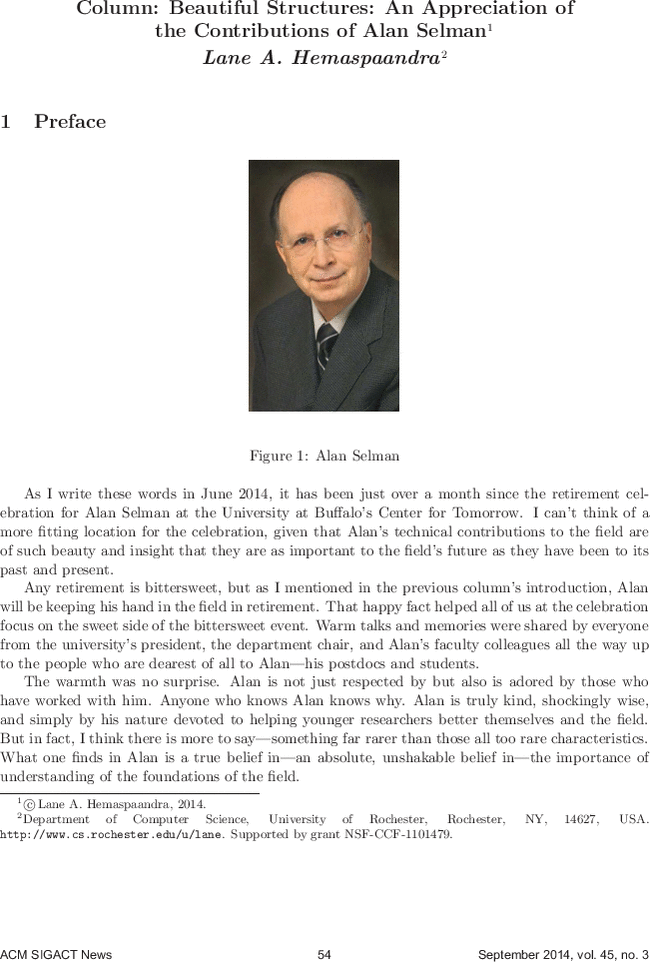Cited By
View all- Hemaspaandra L(2021)SIGACT News Complexity Theory Column 108ACM SIGACT News10.1145/3457588.345759752:1(41-46)Online publication date: 16-Mar-2021


Association for Computing Machinery
New York, NY, United States
Check if you have access through your login credentials or your institution to get full access on this article.
Sign in